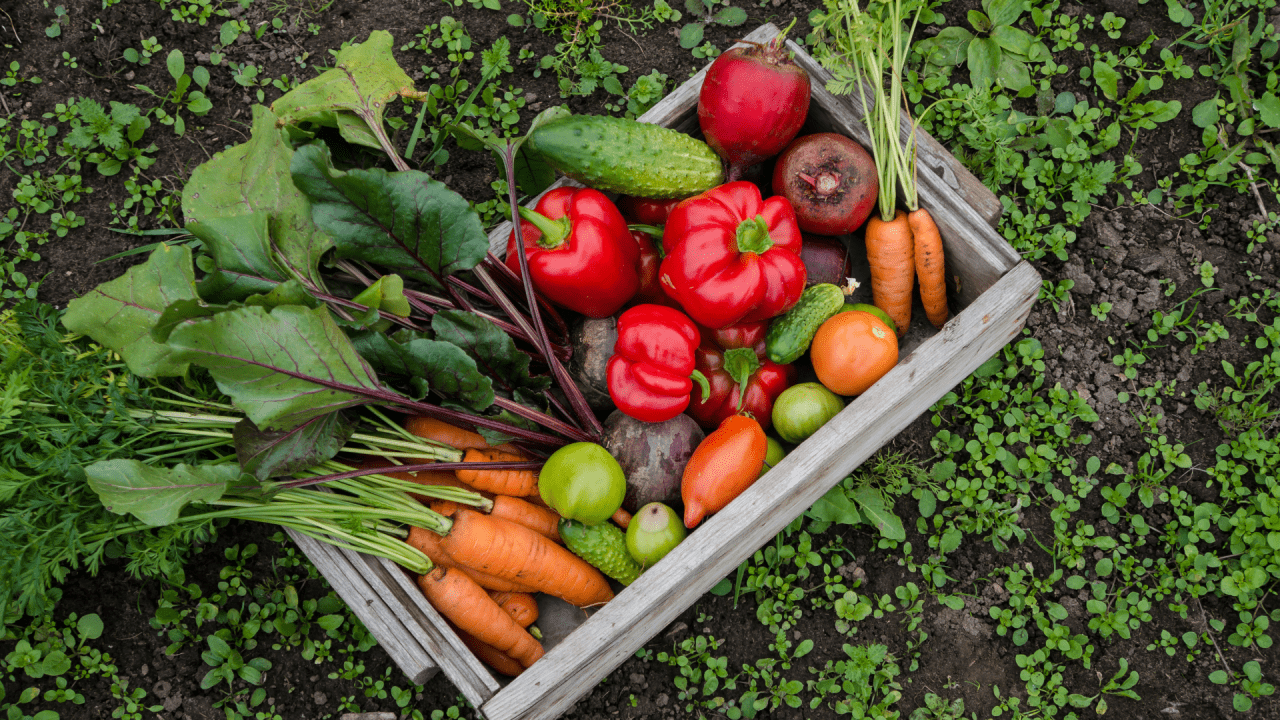Growing Vegetables: 5 of the Easiest Vegetables to Grow Now
As we get used to spending more time at home, it opens a window of opportunity when it comes to your garden. There is something so satisfying about growing your own vegetables and it’s a fun and educational activity to get the kids involved with too.
Here is our growing guide to 5 easy vegetables that you can grow in your garden right now.
1. Growing Potatoes in Ireland
Potatoes are synonymous with life in Ireland – is it any wonder that this humble root vegetable is among the easiest to grow? You can grow potatoes at home without needing to buy any seeds.
Potatoes are grown from “seed potatoes” which are potatoes that have sprouted roots. You can use your own seed potatoes or buy certified ones from a garden centre to reduce the risk of a virus in the seeds. If using your own seed potatoes, you will need to leave your potatoes somewhere bright and cool until they develop green sprouts.
There are two types to grow: earlies and maincrop. Earlies have very little skin, will grow quicker, are usually free of blight and live in storage for a short time. Maincrop take longer to grow, have a thick skin, keep in storage for a longer time and have a higher risk of blight.
Earlies: You should sow the first earlies in mid March in single rows that are 15cm deep, 25cm apart and leave 45cm between rows. Earlies will be ready for harvesting about 14 weeks after sowing.
2. Growing Peas
Garden peas are fun to pick and easy to plant and grow in Ireland. Peas are packed with vitamins A, B1, C and folic acid and pea seeds are cheap to buy – you can grow 350 peas for as little as €2.50. Peas grow within pods that are ready for picking once they are almost full.
Pea seeds should be sown from early spring to May in gently raked soil. To plant the seeds, create a drill hole 5cm deep and 6cm wide and sow the seeds in double rows 10 cm apart. Press the seeds into the base of the drill hole, cover with soil and water well.
Peas will grow upwards and will need support in the form of a stick or frame when they reach over 10cm in height. They will be ready for harvesting after 14 – 16 weeks depending on the type of pea. To order pea seeds and see more advice visit The Garden Shop.
3. Growing Green Beans
Also known as French beans, green beans are a great option for smaller spaces as they can be grown indoors and within a pot, polytunnel or a glass house.
There are two main types of green bean – climbing and dwarf. Dwarf beans are ideal for smaller spaces as they grow just 45cm tall. Climbing french beans can reach up to 8ft tall and produce a lot more beans in the same amount of space making them super cost-effective.
Seeds should be sown 5cm deep into module trays with two seeds per pot and then transferred into soil when the seedlings are between 8 and 10cm tall. Give them support by positioning bamboo canes in the soil for them to grow on. Sow your seeds in May and they’ll be ready for harvesting after 2 – 3 months.
4. Grow Your Own Tomatoes
There is no comparison when it comes to the taste of home grown tomatoes versus those bought in the supermarket. By growing your own tomatoes you will be gifted with a wider variety of shapes, sizes and colours.
Tomatoes require sunlight and should be positioned directly in it. As the sun is sometimes hard to come by in Ireland, tomatoes also grow well within polytunnels or a greenhouse. They also need very fertile soil and space to grow upwards as the plant can reach 2 metres in height. If you’re tight on space or growing on your balcony, tomato plants can be grown in hanging baskets, pots or grow bags.
Seeds should be sown into modular trays to germinate and transferred into larger pots or soil when the third leaf appears on the seedling. Seeds should be sown 2cm deep in a low nutrient seed compost and then potted in a richer compost.
5. Easy to Grow Salad Leaves
Leaf lettuce and other “cut and grow again” salad leaves are among the easiest and most rewarding things to grow. These can be sown from March to September and harvested from May to November.
Lettuce can be planted in containers or in between rows of other vegetables that you are growing. Sow the seeds in trays to begin and then thin them out and plant them outdoors when leaves start to appear.
You can simply pluck the leaves off as you want them without harvesting the full lettuce plant. The plant should provide you with leaves again and again between May and November. Other types of cut and grow again salads include kale, rocket, watercress and spinach. If you prefer baby leaf salad pick the leaves at an earlier stage. Learn more about growing lettuce and order seeds here.
While you’re busy in the garden let us look after the things that matter most with our home and contents insurance plans. We offer levels of home insurance to meet your needs.










